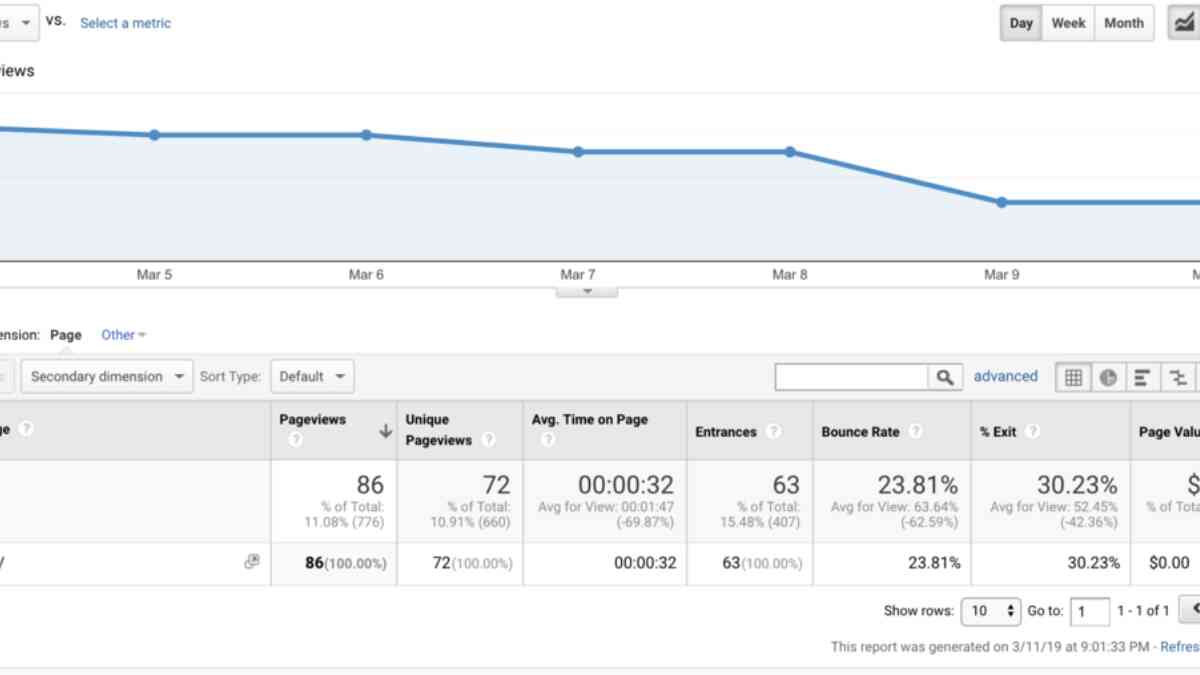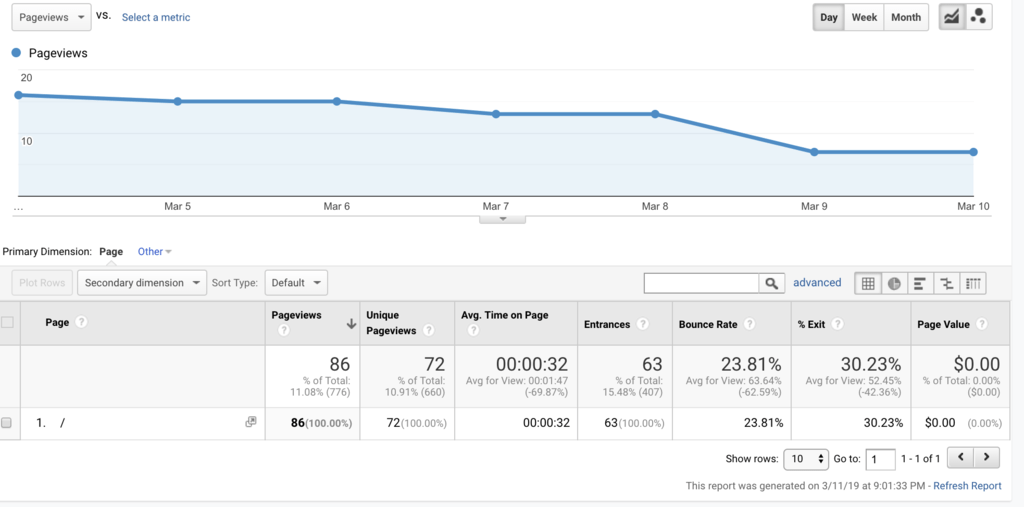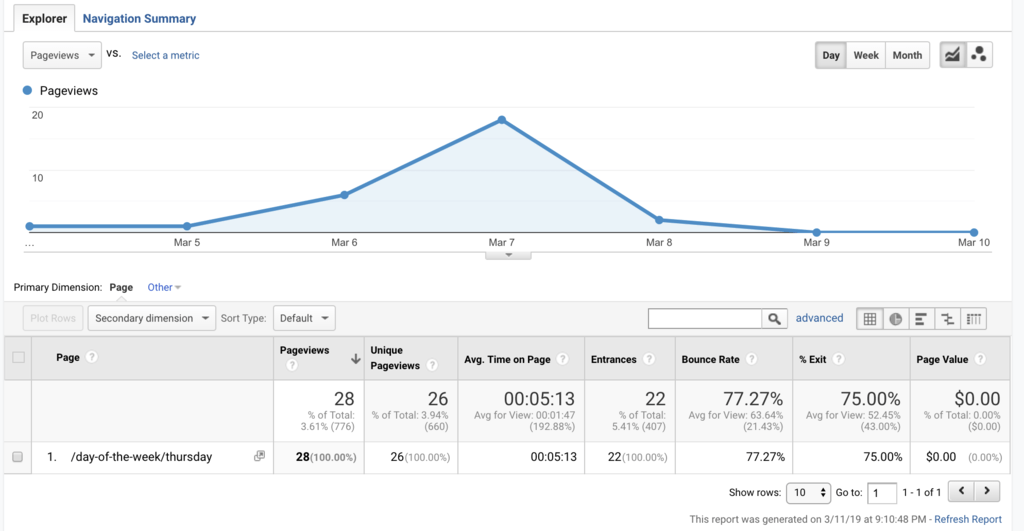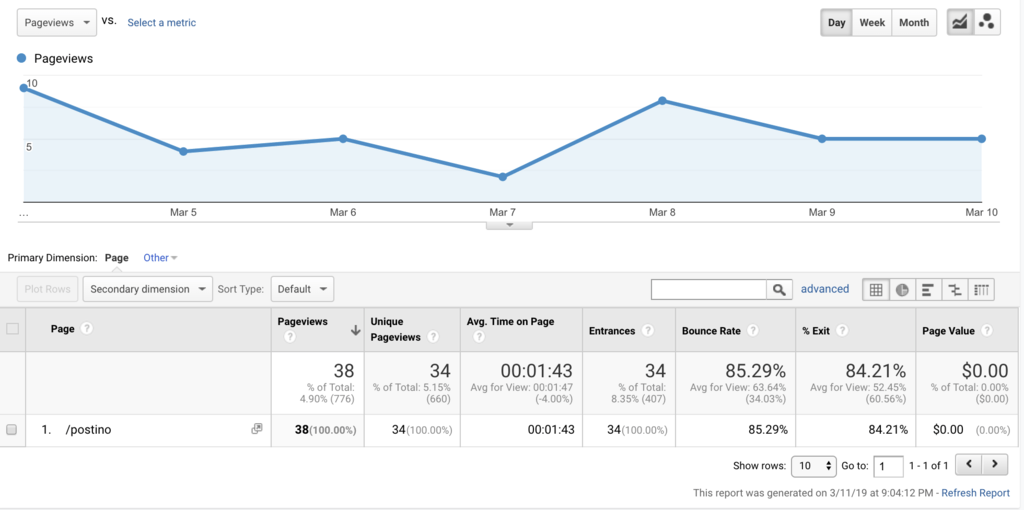
Do Bounce Rates Matter?
The purpose of a webpage will determine whether high or low bounce rates are good or bad.
If you look at your website data and see high or low bounce rates, don’t assume that your website is not engaging the user or that it is performing well.
There are cases in which a high bounce rate isn’t necessarily a bad thing and sometimes a low bounce rate isn't as good as it might first appear.
Bounce Rates Overview
Before we go too much further into this, let’s start with the basics: What is a bounce rate?
A bounce rate is simply the rate at which a user visits a page and then leaves without taking any other action. This does not mean the user didn’t scroll down, but it does mean that after landing on the page, the user did not click anywhere on the page to navigate to a different page on your site.
Diving into the Data
For this article, let’s investigate a directory website with search features, listing/results pages, and individual item pages. The website has had little to no marketing or SEO, making it an excellent example to look at for this article.
We’ll focus on three of this site’s pages that have three very different bounce rates: the homepage, a listings page, and an item/detail page.



As you can see, the homepage has a bounce rate of 23.81 percent, the listing page has a bounce rate of 77.27 percent, and the item page has a bounce rate of 85.29 percent.
Which page is performing better? Are the listing and detail pages underperforming? Do they need to be redesigned or does the content need to be rewritten?
Before you start to make any quick analysis simply based off these percentages, you need to understand the site's purpose and the purpose of each of its sections.
What do you want users to do on this page? What interaction, if any, should they take once they are on the page? What is considered a successful conversion?
Bounce Rates Data Breakdown
When we look at these percentages, we are pleased with the homepage and the individual item page, but the listing/results page gives cause for concern.
The low bounce rate on the homepage indicates that visitors easily use its navigational features to find an interior or listing page that fits what they need. This is good.
At the listings page, things begin to fall apart. The listings page has a bounce rate of 77.27 percent. Most of the people who find this page via a web search do not click into any of the individual listings or interact with the site in any way. This is not good, because this page intends to encourage visitors to click listings and otherwise interact with the site. And they aren’t.
The individual item page has an even higher bounce rate of 85.29 percent, and we see this as a good thing. Of people who land on this page, 85.29 percent find the information they want. We can cross-check this assumption through referencing search queries to the site.
This is exactly what we want: People who come to this page and find exactly what they need.
Could a High Bounce Rate be Good?
Let's look at the individual listing page with a different perspective: On the one hand, the high bounce rate shows that people get what they want from the page, yet it also shows that we have missed opportunities for further engagement.
Can we improve how we engage with the user?
For example, could we suggest that the user visit similar listings elsewhere on our site? Or encourage the user to subscribe to our newsletter? In other words, once the user finds what they are looking for on our site, how can we bring that user back for more?
Final Thoughts
Whether a high or low bounce rate is considered a positive or negative metric of a webpage's performance depends on the page’s purpose. While in most cases you want a low bounce rate, there are instances where a higher bounce rate isn’t necessarily bad.
Even if you decide that a high bounce rate isn’t a negative metric, take the extra step to think about how you could increase user engagement or increase user participation to keep them coming back, thereby lowering this bounce rate.
A clear understanding of the purpose of each page and type of page, combined with raw data, will enable you to make meaningful changes to pages on your site.
If you want help understanding your data and how to improve your website, contact FrogDog.
Updated: Oct 07, 2019

We do not spam. And you can unsubscribe when you want.